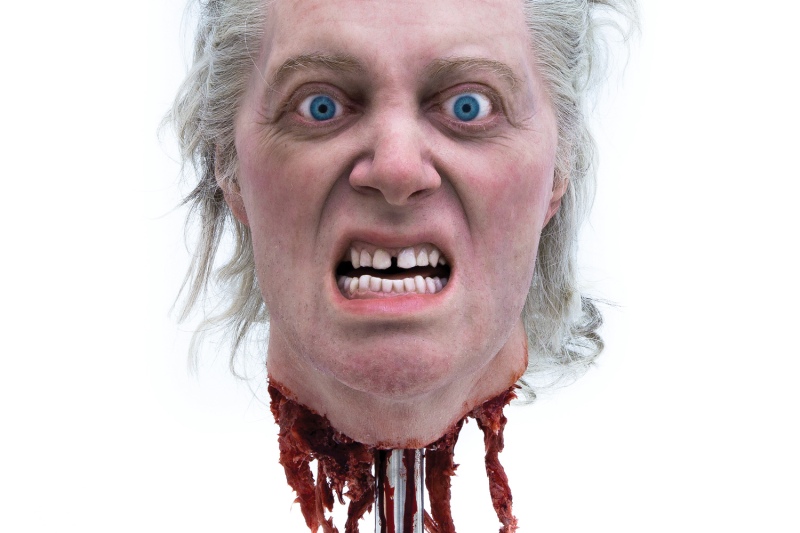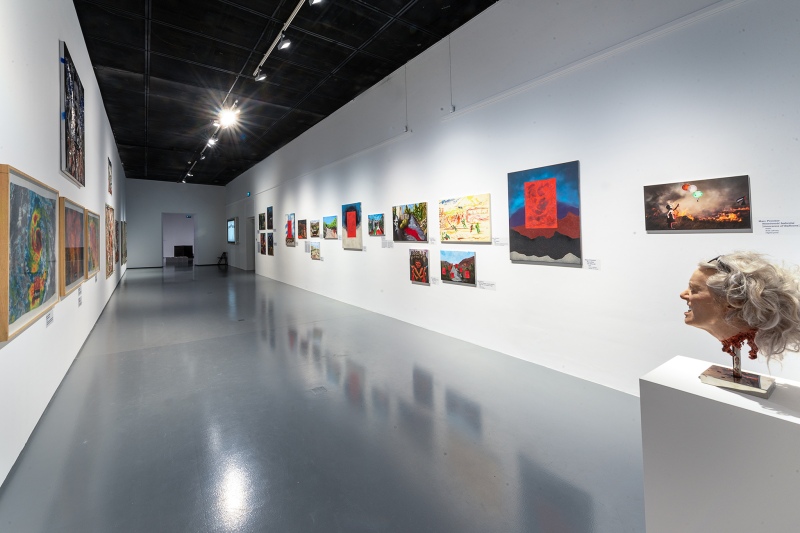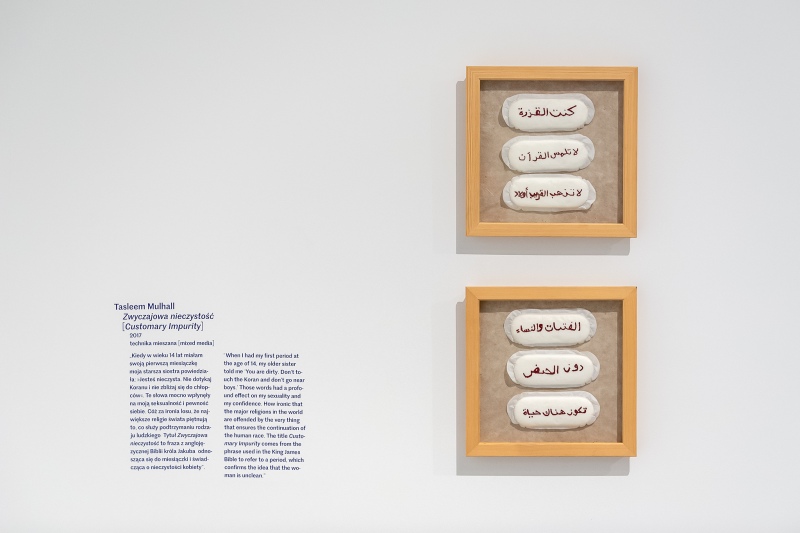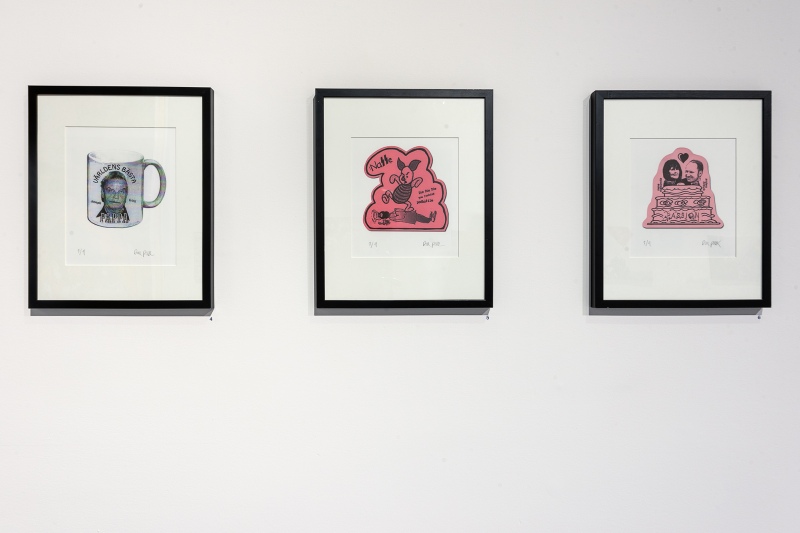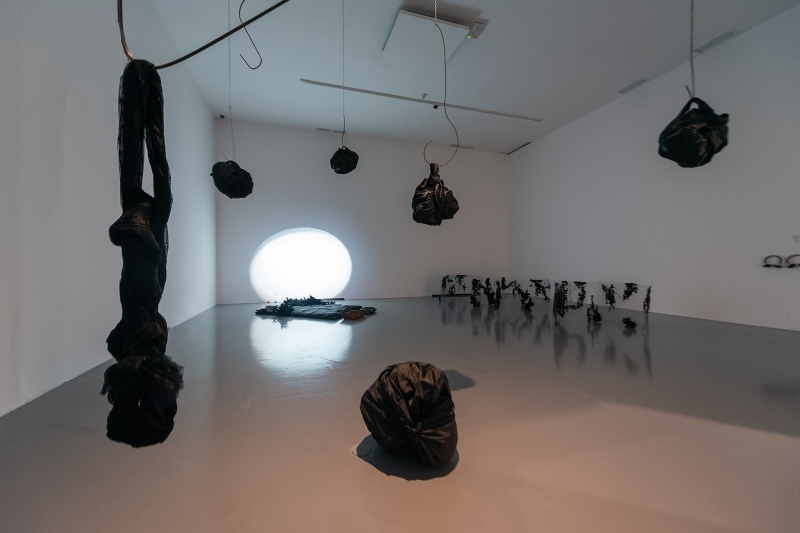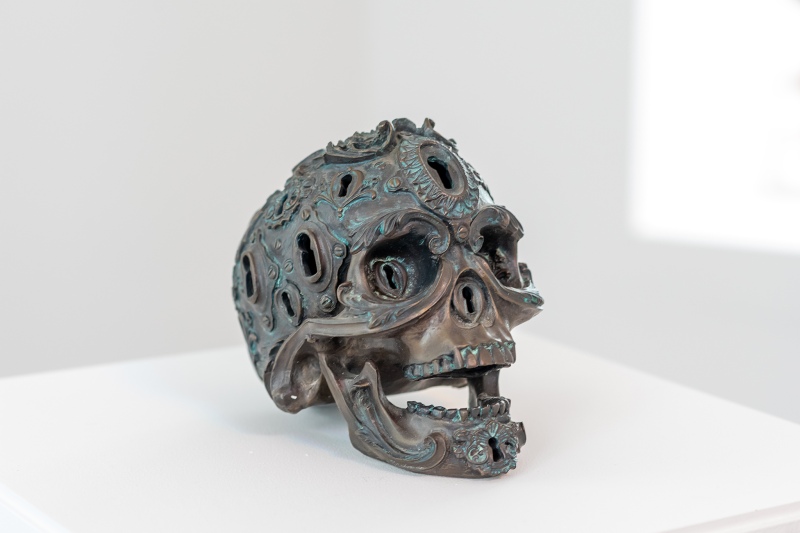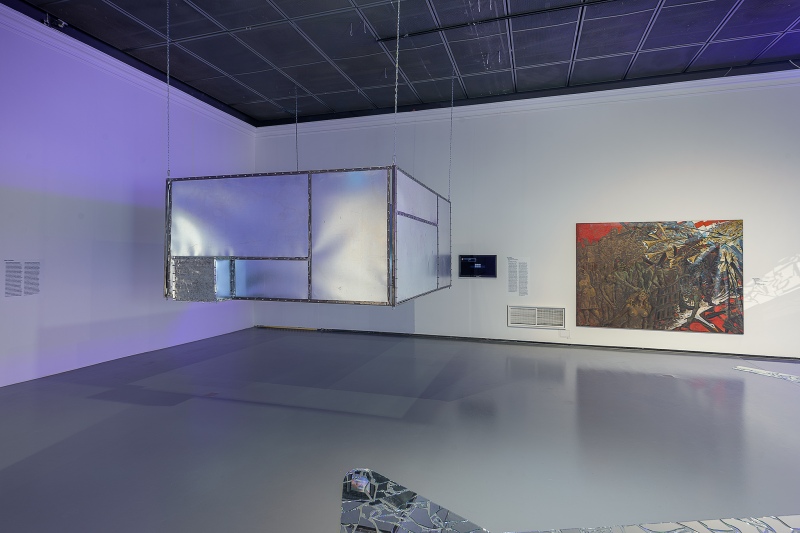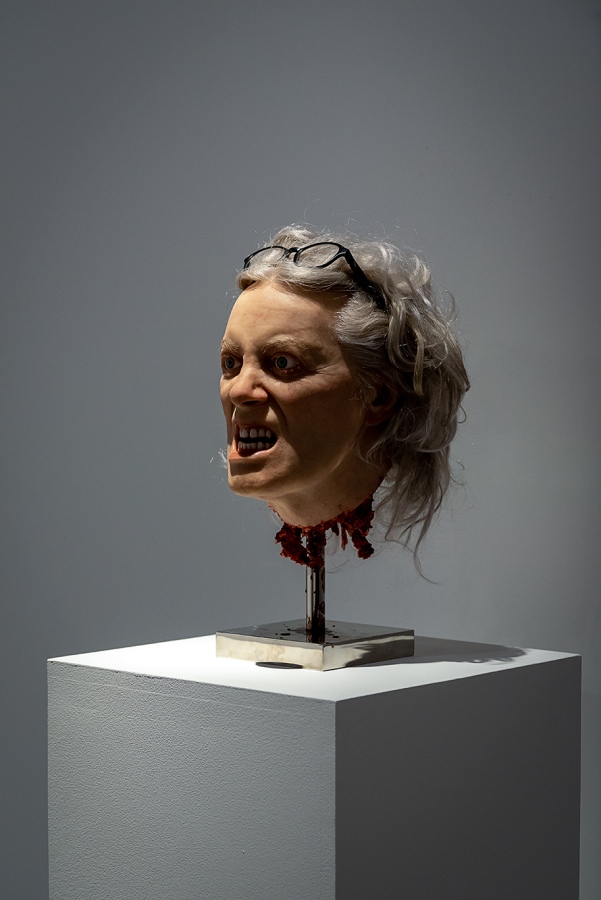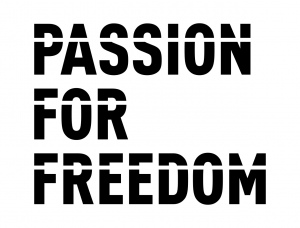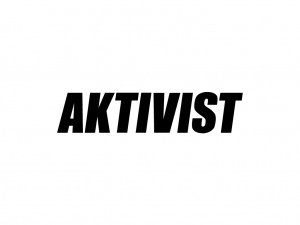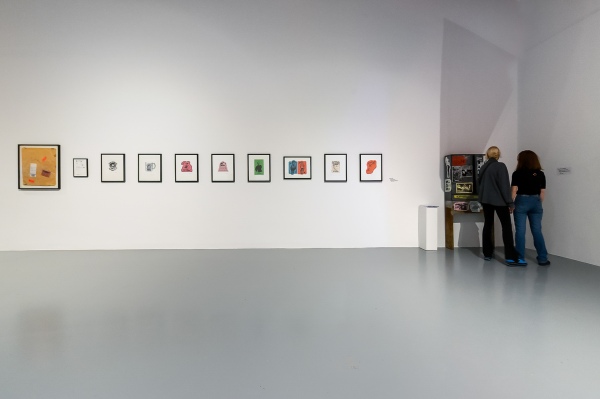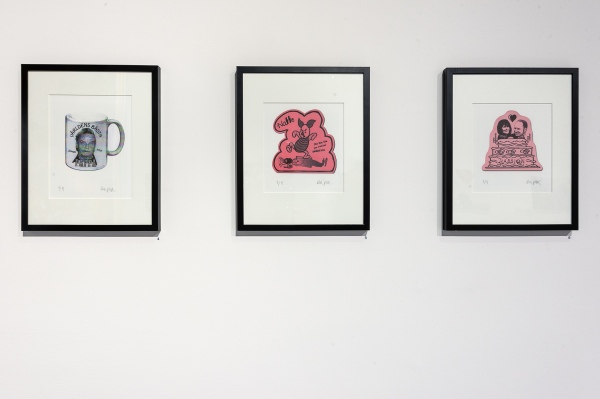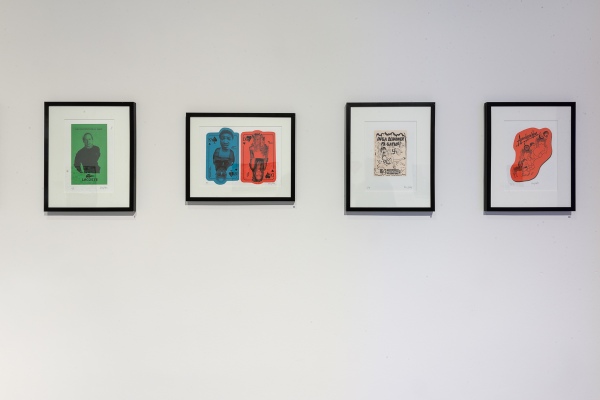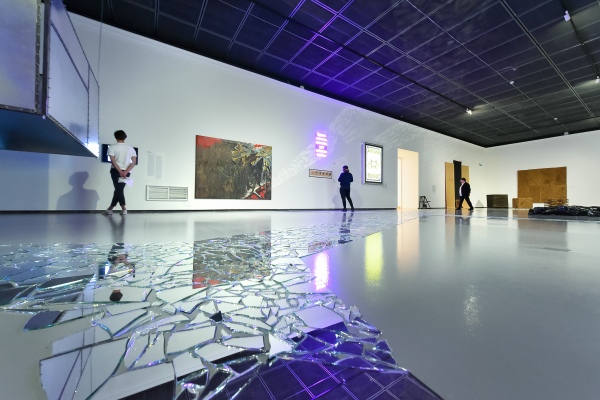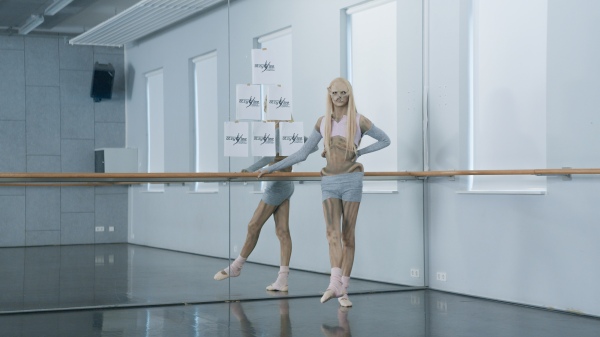Political Art
The exhibition Political Art is an attempt to confront the problem of a new system of divisions that, in recent years, has come to the fore of public debate within the Western political and social life.
A struggle for hegemony is taking place at universities, corporations, media, and in cultural life and institutions. Terms such as deplatforming/no-platforming, cancel culture, and culture of silence are used to define new trends and methods that appear to contradict basic notions of democracy and values of Western civilization.
Given all this, we are reminded of a need for a free, lively public sphere and art that voices real dissent. Meanwhile, artists who contradict these tendencies and advocate unrestrained expression and anti-mainstream ideas often pay the highest price for testing the limits of tolerance and confronting political dogmas. They become victims of attacks and repressions. Many of them are deprived of the opportunity to work and be recognized in the art world.
Political Art features defiant artists from various countries and continents, who call for genuine freedom by engaging with information, opinions, and emotions that have been erased from public registers. Their works shed light on mechanisms of power that are usually hidden from public view and teach us how to confront such structures with truth, often by using provocative gestures, as well as humour and sarcasm.
